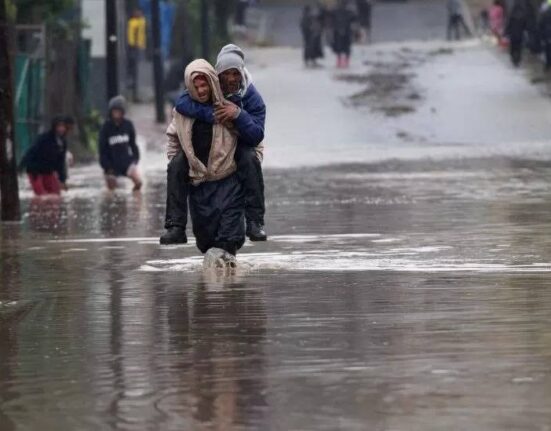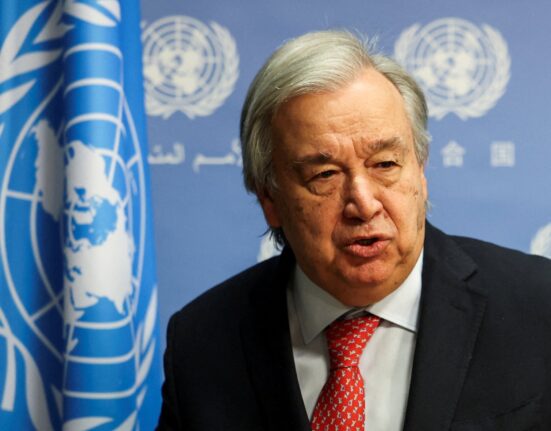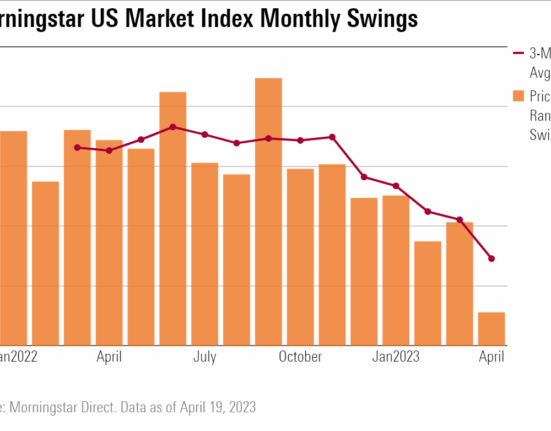Tanzania was recently hit with news that no country ever wants to hear – an outbreak of the deadly Marburg virus disease. The confirmation came on a somber day in Dodoma, Tanzania’s capital, as President Samia Suluhu Hassan shared the concerning update with the nation and the world.
The northwestern Kagera region was the unfortunate epicenter of this health crisis. It all began when one individual tested positive for the Marburg virus after a series of investigations and rigorous laboratory analyses conducted on suspected cases.
In a joint press briefing alongside Dr. Tedros Adhanom Ghebreyesus, Director-General of the World Health Organization (WHO), President Hassan revealed,
“Laboratory tests at Kabaile Mobile Laboratory in Kagera conclusively identified one patient as infected with the Marburg virus. Fortunately, other suspected cases tested negative.”
The swift detection and confirmation of this case underscored Tanzania’s commitment to public health safety. This wasn’t their first encounter with such a threat; history had shown their ability to contain similar outbreaks in the past, giving hope that they could do it again this time around.
As of January 20, 2025, a total of 25 suspected cases had been reported in Biharamulo district within Kagera region. However, amidst these alarming numbers, there was a glimmer of relief – all additional tests carried out on these individuals returned negative results.
President Hassan stood resolute before her nation and declared,
“We aim to assure Tanzanians and the global community of our unwavering resolve to tackle health challenges like Marburg virus disease head-on.”
The WHO swiftly stepped in to support Tanzania’s health authorities by bolstering critical outbreak control measures ranging from surveillance and testing to treatment protocols and infection prevention strategies. Additionally, efforts were intensified towards raising public awareness within communities to stem any further spread of the lethal virus.
Dr. Tedros emphasized WHO’s solidarity with Tanzania during this trying period:
“Collaboration is key at this juncture as we work together toward securing the health and well-being of everyone in Tanzania and beyond its borders.”
Marburg virus disease is notorious for its high fatality rate and hemorrhagic fever symptoms akin to those caused by Ebola. Patients stricken by this illness often experience sudden onset high fevers, pounding headaches, extreme fatigue, followed by severe hemorrhaging within days.
Dr. Matshidiso Moeti, WHO Regional Director for Africa highlighted the significance of governmental actions stating that,
” The president’s declaration coupled with government interventions are pivotal in addressing local threats while preventing potential cross-border transmission risks.”
In March 2023,Tanzania encountered its maiden brush with Marburg outbreak resulting in nine reported cases – eight confirmed and one probable – which claimed six lives showcasing a case fatality ratio reaching 67%.
The history books narrate previous Marburg outbreaks or isolated incidents across various African nations including Angola,Democratic Republic Congo,Ghana,Kenya,Rwanda,South Africa,and Uganda.The source has always pointed back at fruit bats being carriers transmitting infections among humans through direct contact involving bodily fluids,surfaces,and materials exchanged between individuals grappling with compromised immunity barriers.
While medical research holds promise for curative solutions,the reality remains stark:no licensed treatments or vaccines exist currently for managing or preventing Marburg virus disease.As bleak as things may seem,prompt access to supportive care treatments like rehydration therapies can significantly improve survival rates among affected patients battling against life-threatening symptoms triggered by Marburg infection onslaughts.
As Collins Boakye-Agyemang aptly summed up,









Leave feedback about this